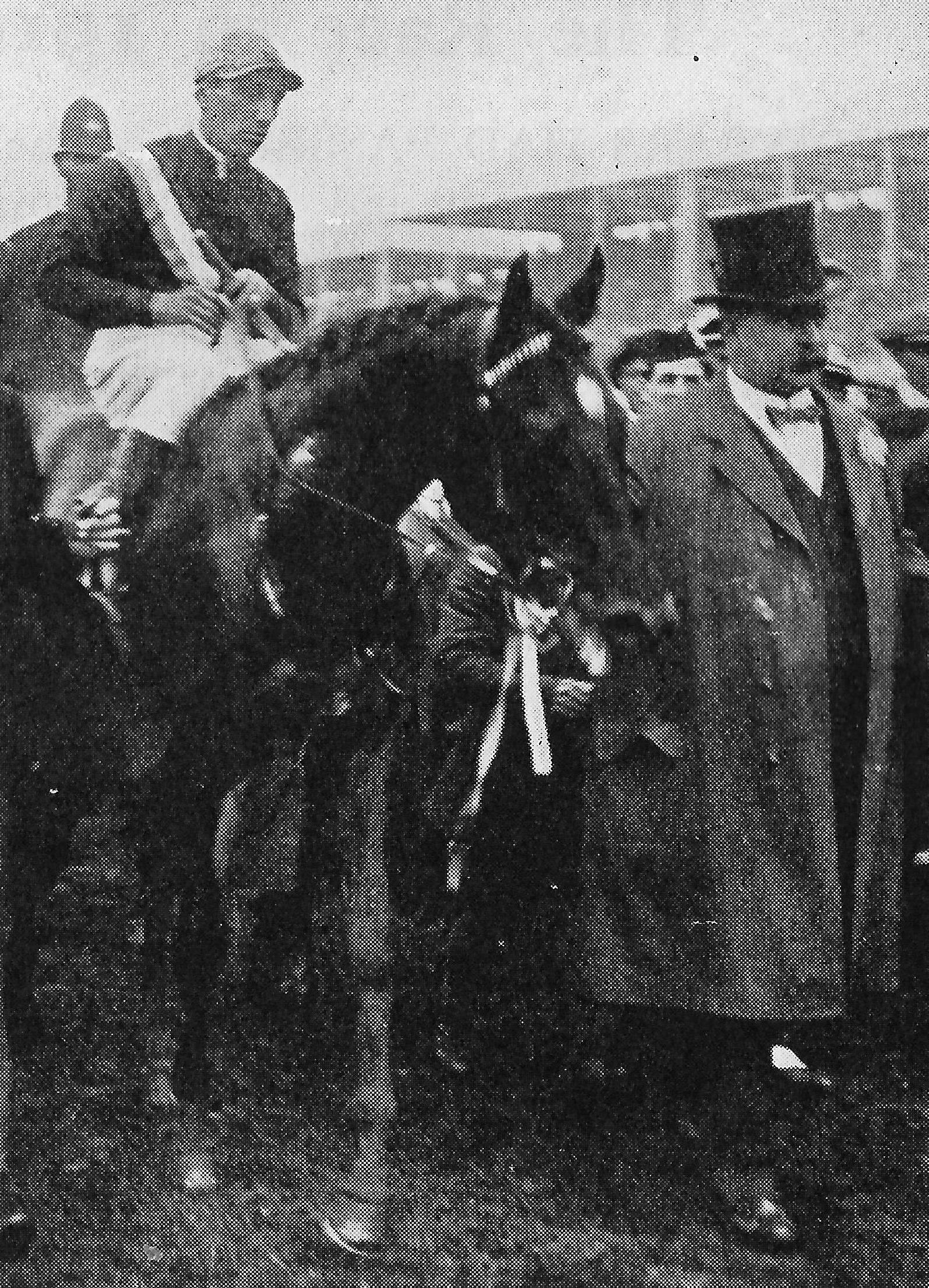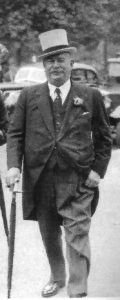Grand Parade wins the 1919 Peace Derby
This year celebrates the one hundredth anniversary of the Peace Derby won by the appropriately named Grand Parade.
The Great War (1914-1918) now over, the Derby returned to Epsom and an enormous crowd gathered in the presence of King George V and Queen Mary; the Royal party receiving the biggest cheer of the day, when the King’s colt, Viceroy, won the Stewards Handicap.
Notably, this year, the course around Tattenham Corner was made more gradual, with the outer rail supported with a wire fence to prevent a reoccurrence of the previous suffragette incident.
Thirteen went to post for the Derby, with the Two Thousand Guineas winner, The Panther, a heavily backed 6-5 favourite. The second and third in the Guineas, Lord Astor’s Buchan and Lord Glanely’s first string, Dominion, started at 7-1 and 100-9 respectively. Grand Parade, winner of the National Produce Stakes at The Curragh, had little support at 33-1.
Paper Money set the pace, leading at the mile post from Dominion and Grand Parade, and was still in front at the distance. At this point Grand Parade and then Buchan stormed by, but with Buchan hanging left, Fred Templeman was able to drive Grand Parade on to a half-length victory. Paper Money finished two lengths away third, with Sir Douglas fourth and Tangiers fifth.

Lord Glanely leads in Grand Parade
Grand Parade was only the second black horse to win the Derby, Smolensko being the first in 1813. Bred by the infamous American politician Richard ‘Boss’ Croker, Grand Parade was by the 1907 Derby winner Orby out of the unraced filly, Grand Geraldine.
At the end of the season Grand Parade retired to his owner’s stud at Exning at a fee of 400 guineas. His best colt was Diophon, who won the 1924 Two Thousand Guineas and sired Diolite, the winner of that race in 1930. On 1 May, 1932 Grand Parade broke a leg and was destroyed. He was 16 years old.
Buchan, second in the Derby, won 11 races, including the Princess of Wales’s Stakes, the Eclipse Stakes (twice) and the Champion Stakes. He was Champion Sire in 1927 and sired the Classic winning fillies, Short Story (1926 Oaks) and Book Law (1927 St Leger).
The Panther, on his toes in the paddock and upset at the start, charged the tapes on his arrival and after refusing to line up, lost vital lengths at the start and half the country their money! Later that year he was sold and sent to the Argentine Republic.
Arthur Smith, the apprentice who had preferred to ride Dominion to Grand Parade, later set a record for an apprentice at Royal Ascot that year by riding five winners.

Grand Parade’s owner, The 1st Baron Glanely (1868-1942), a big man with a walrus moustache, was popularly known on the racecourse as ‘Old Guts and Gaiters’. Notably, he made the transition from shipping clerk to owning the company through hard work and a flair for business. Fervently patriotic, his colours were ‘black jacket, red, white and blue belt (diagonal) and cap’. He owned six Classic winners, including Rose of England (1930 Oaks). Baron Glanely was killed in an air-raid in 1942.
See Michael’s list of “Books for Sale” from the banner heading